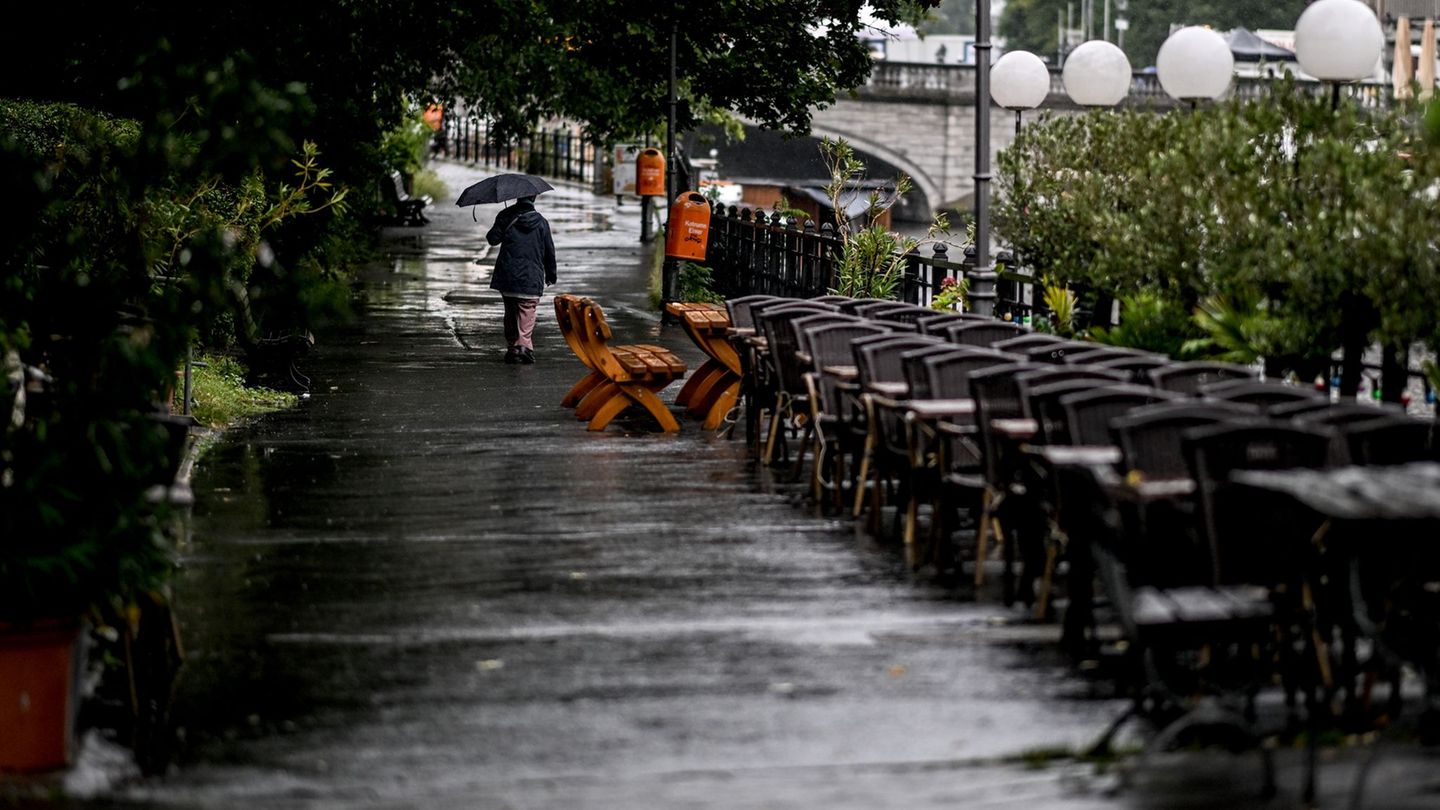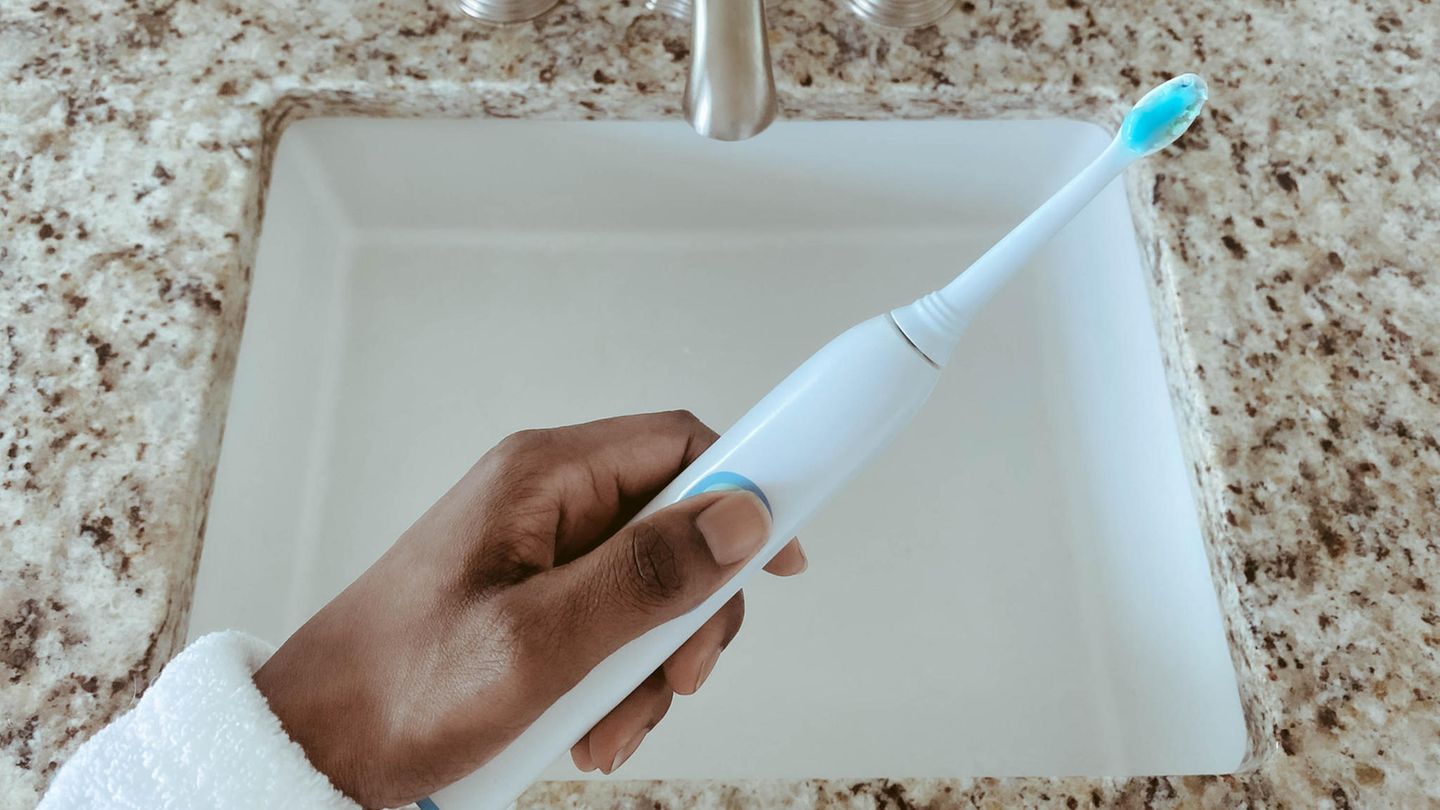Restaurants
Gastro prices rose by a quarter – industry under pressure
Copy the current link
Add to the memorial list
The situation in the hospitality industry remains tense. The costs for the restaurateurs continue to rise – and thus also the prices for their guests. The industry relies on a political promise.
Anyone who goes to the restaurant now pays a good quarter more than before the beginning of the Ukraine War in early 2022. Overall, the prices in restaurants rose by more than 26 percent between January 2022 and July 2025, as can be seen from the half-year report of the German Hotel and Restaurant Association (DEHOGA).
In the current year, inflation in the restaurants has calmed down somewhat. From January to July, prices in the catering trade rose between 4 and 5 percent compared to the respective month of the previous year. In the previous year, the monthly increase rates were just under 7 percent. In the first three months of 2023, there were even more than 10 percent.
High costs burden companies
The reason that Schnitzel, pasta and Co. are becoming increasingly expensive is the increased costs for the companies. Personnel costs for restaurateurs alone have increased by more than a third in the past three and a half years. The cost of electricity, gas and other fuels rose by almost 28 percent in the same period.
Another driver was the withdrawal of the sales tax reduction for restaurants. Since the beginning of 2024, restaurateurs have been paying 19 instead of 7 percent before. The guests on the menu also feel that.
However, the companies already notice how the increased prices of demand harm. Dehoga managing director Ingrid Hartges said more and more exposed to a starter or dessert during their visits to a starter or dessert. Many went to the system catering. Some companies put pork chips on the menu again because they no longer earned money with veal.
The sixth year in a row is emerging
“The costs explode, the guests are more price-sensitive, sales are falling,” said Dehoga President Guido Zöllick. “The current loads bring many companies to their limits.” It threatens the sixth loss year in a row. According to an industry survey, the companies reported average loss of sales of more than 9 percent compared to the previous year in July this year. According to the Federal Statistical Office, sales in the hospitality industry have decreased by 3.7 percent in the first half of the first half of the prize to the already weak period of the previous year, as the Federal Statistical Office reports.
Accordingly, the restaurateurs therefore agree with the promise of the new federal government to permanently reduce the sales tax for food in gastronomy to seven percent from January 1. So it says in the coalition agreement. “We trust this in our industry,” emphasized Zöllick.
With the resulting financial scope, many companies would secure jobs, create new work and make up for shifted investments. It remains to be seen whether the lower sales tax will be passed on to the guests via cheaper prices. According to the DEHOGA corporate survey, just under half of the companies surveyed (44 percent) want to “offer their guests a better price-performance ratio”. However, price reductions were significantly due to the development of the other costs in the next few months, said the DEHOGA president.
Gastronomy has been in crisis for years. Tens of thousands of companies had to give up, especially during the Corona pandemic. In the meantime, their number has recovered somewhat. Around 202,000 gastro companies are currently members of Dehoga. Their number remained largely stable in the first half of this year. According to Hartges, almost 17,200 were complete operating resolutions. At the same time, almost as many companies were founded.
In the metropolitan areas in particular, the fluctuation is great, said the managing director. In the country it was much more difficult for the operators to find successors. Here the restaurants would usually close without a new one.
dpa
Source: Stern




